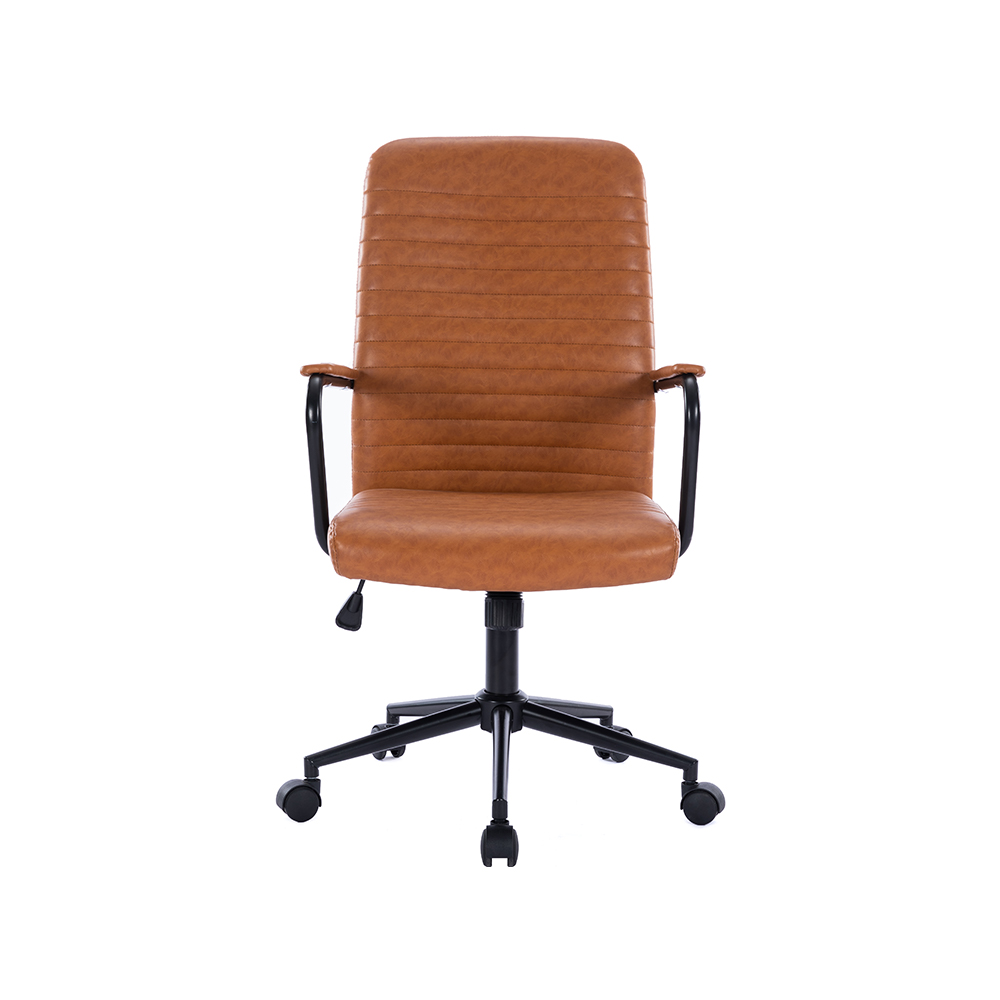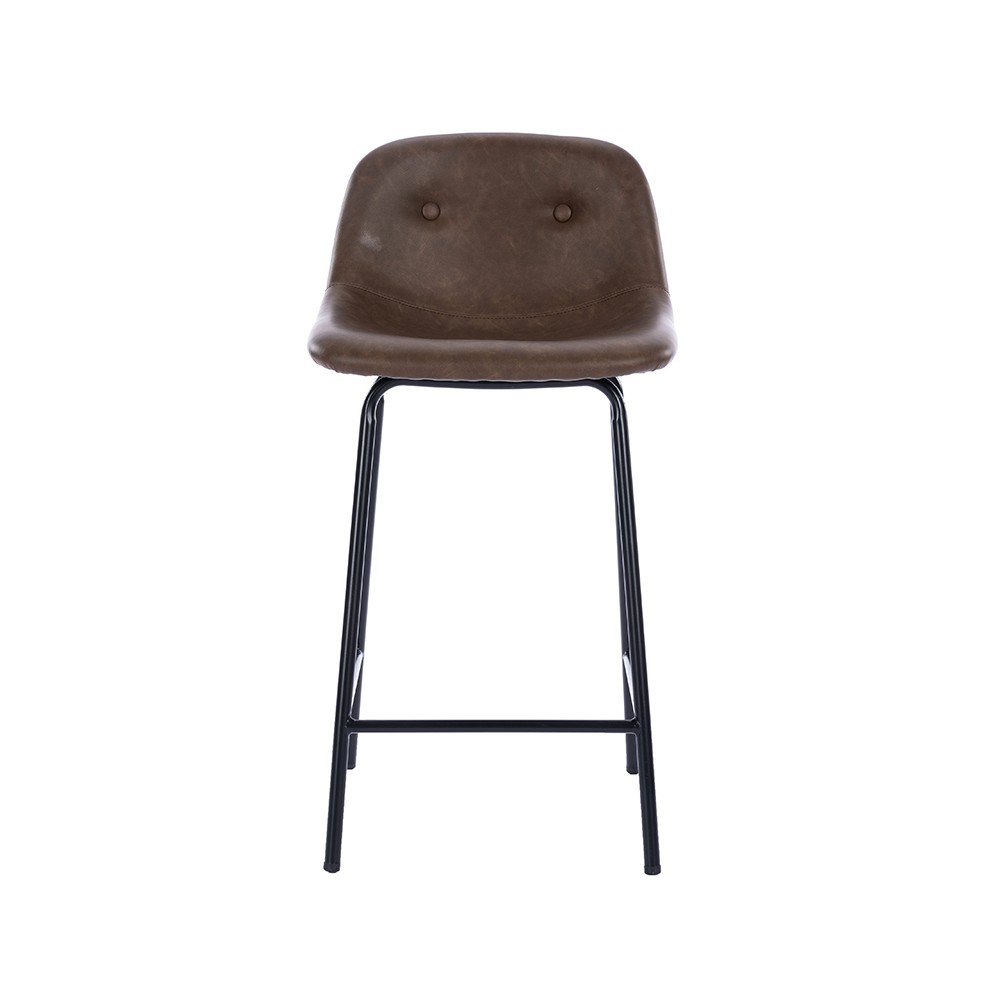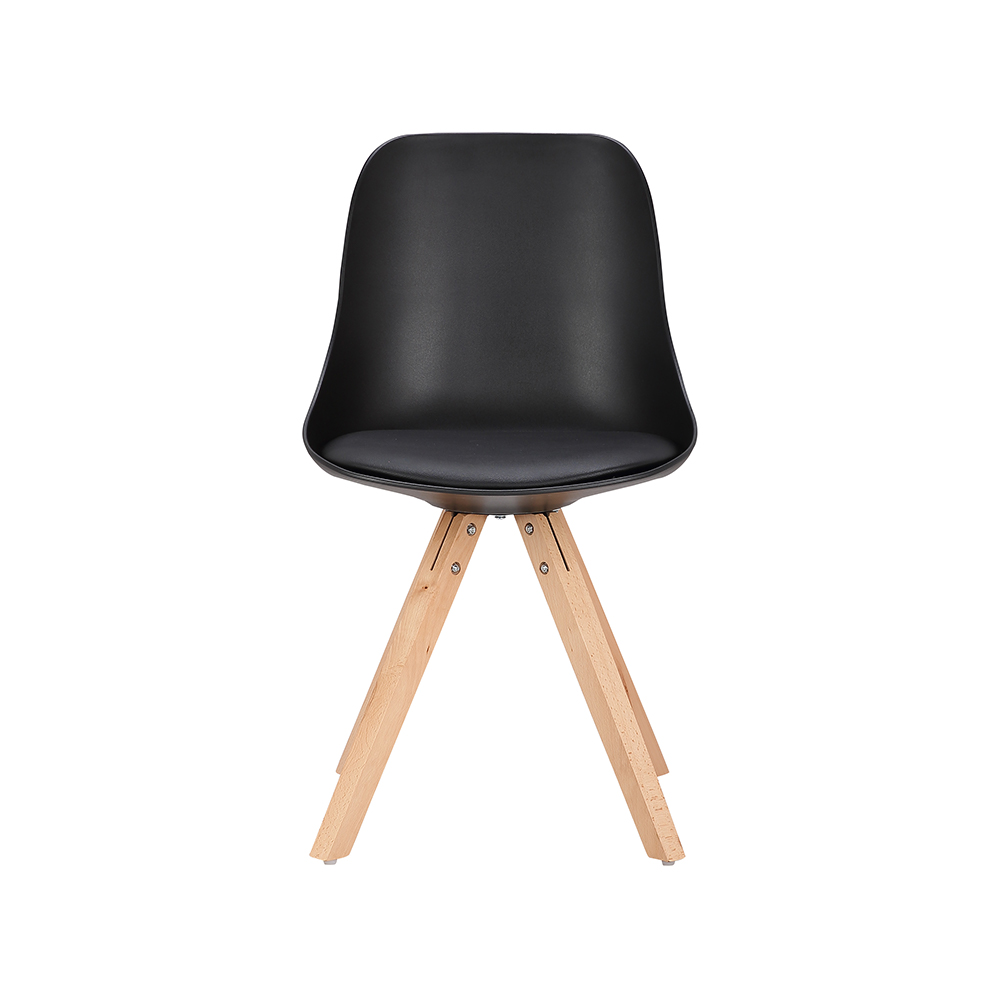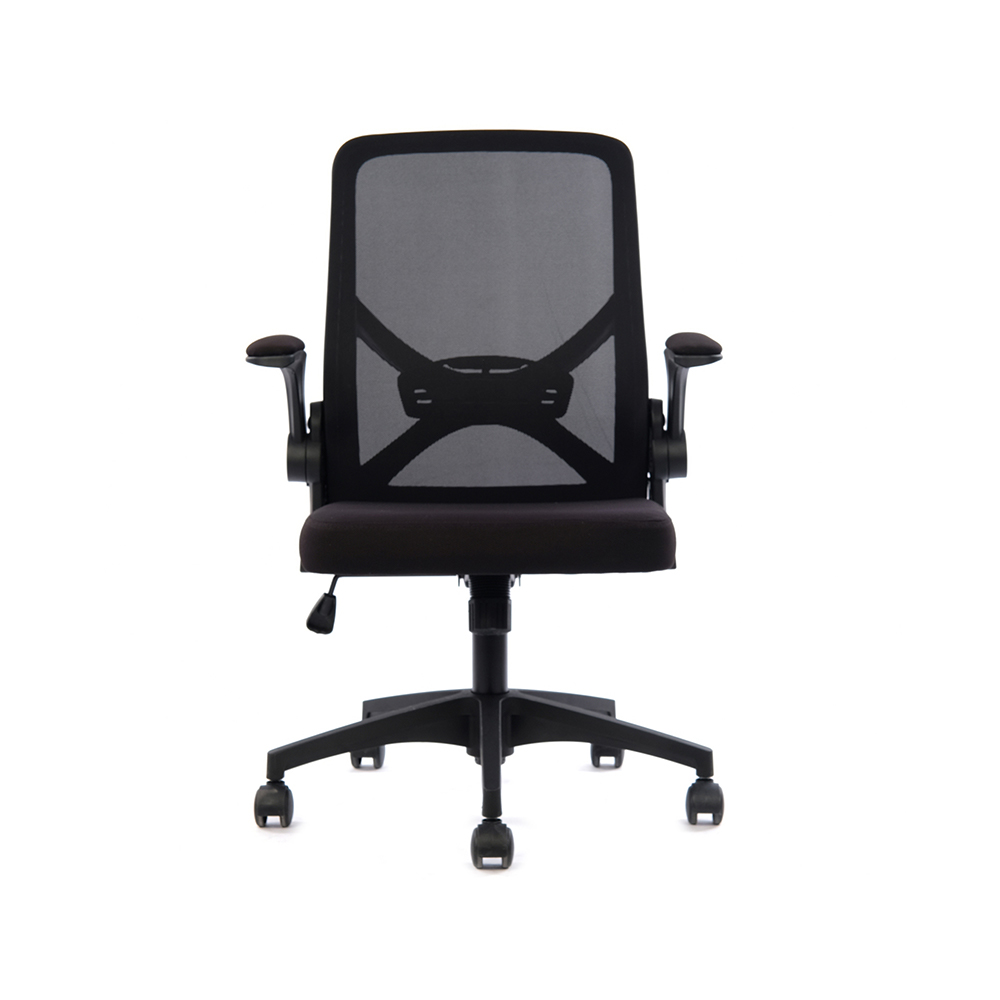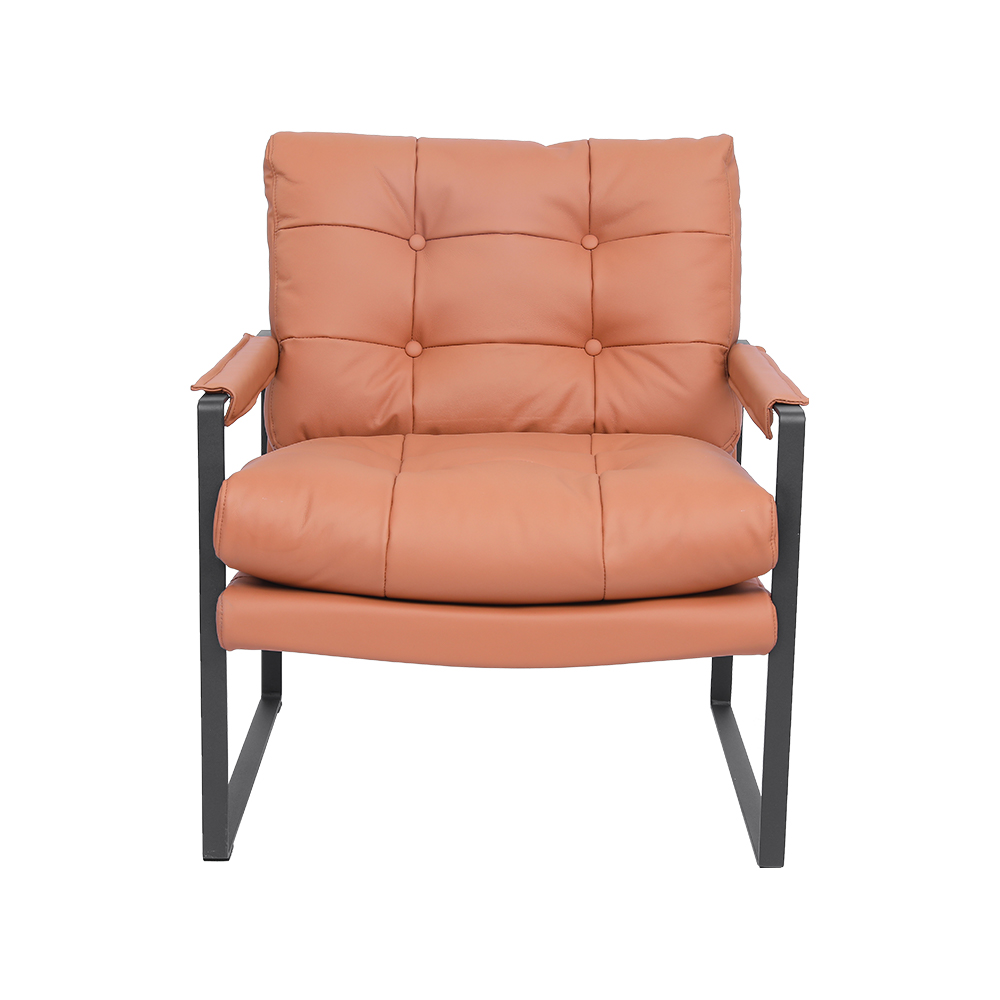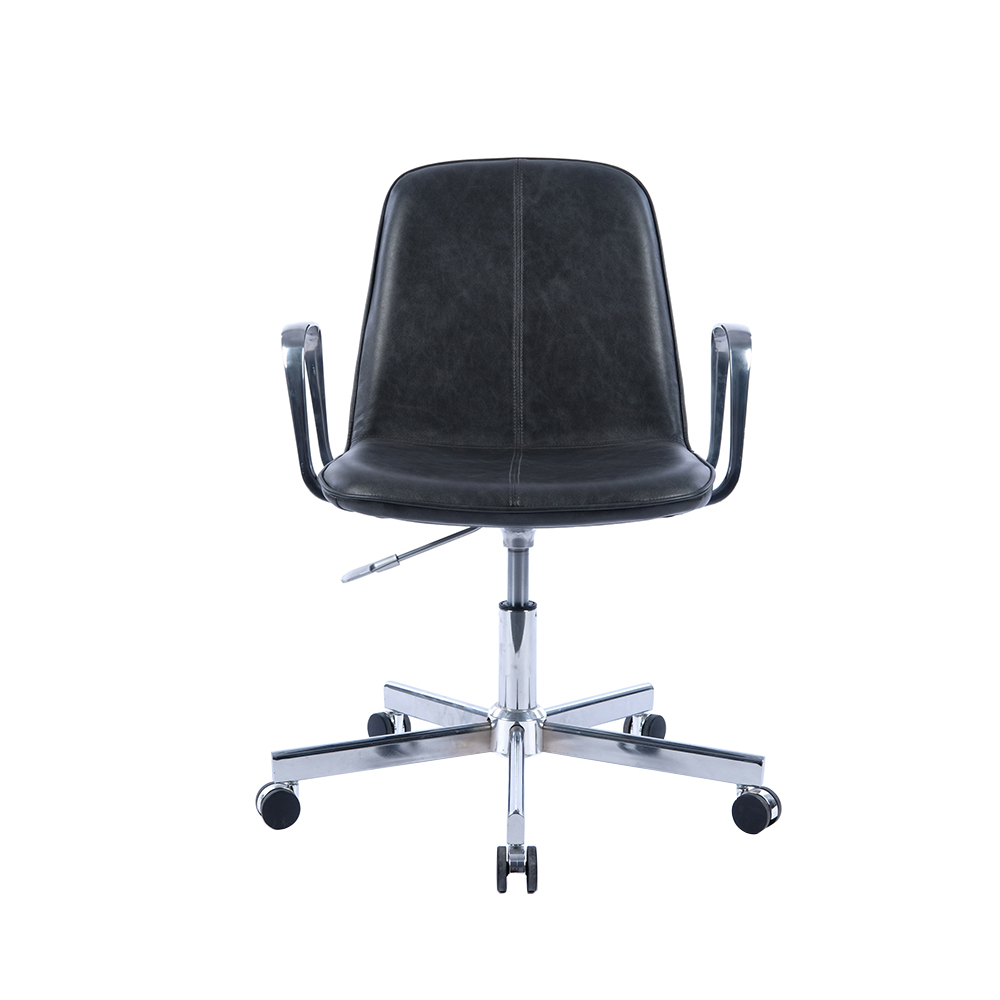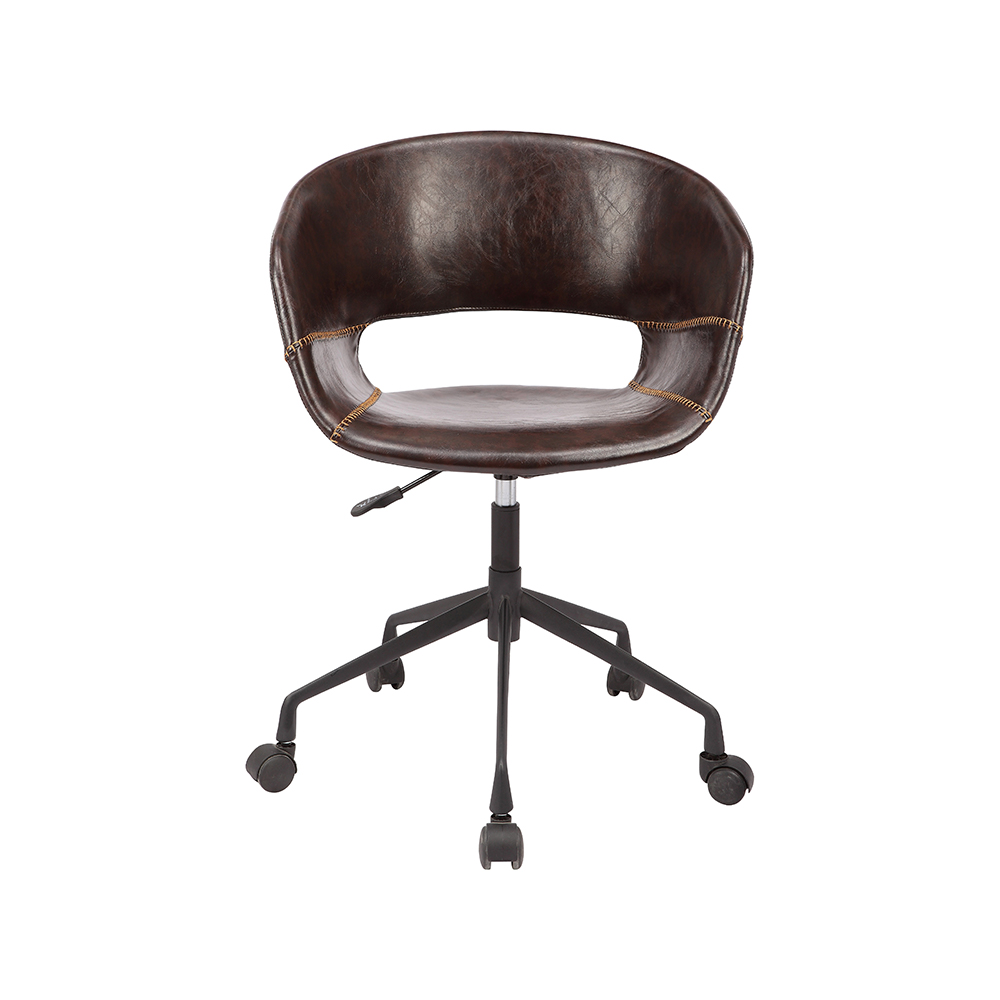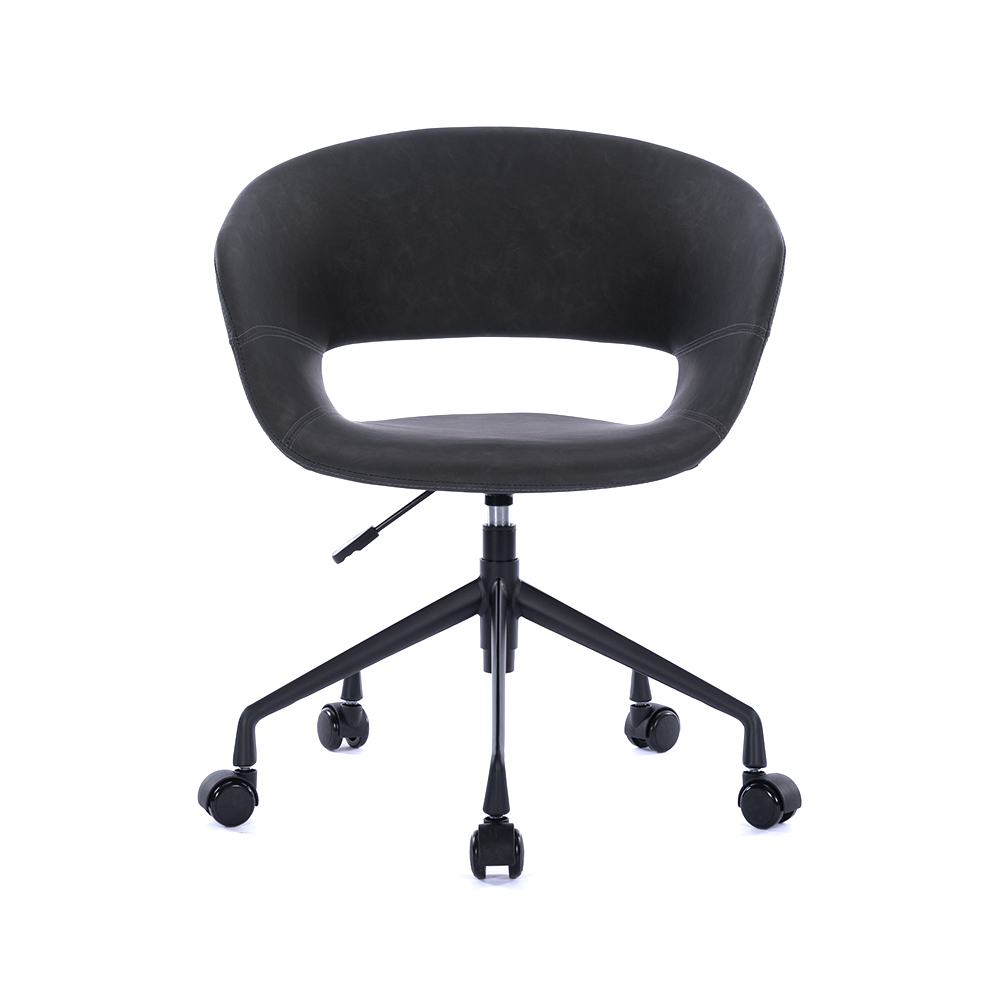+86-0572-5888031
What Are the Must-Have Adjustment Features for an Ergonomic Adjustable Office Chair?
 2025.10.03
2025.10.03
 Industry News
Industry News
In the quest for a healthier and more comfortable workday, Ergonomic office chairs are often cited as a crucial investment. But with so many models and marketing claims, it can be difficult to separate essential functionality from unnecessary bells and whistles. The true value of an ergonomic chair lies not in its price tag, but in its ability to be meticulously tailored to support your unique body and work habits.
An ergonomic chair is a tool for maintaining neutral postures—the positions in which your joints are aligned and under the least amount of stress. Therefore, the “must-have” features are the adjustments that allow you to achieve this alignment throughout your workday. Here are the non-negotiable adjustment features to look for.
1. Seat Height Adjustment: The Fundamental Starting Point
This is the most basic and critical adjustment on any office chair. Proper seat height sets the foundation for all other adjustments.
Why it matters: When you sit, your feet should be flat on the floor with your knees bent at approximately a 90-degree angle. Your thighs should be parallel to the floor, with a slight gap between the back of your knees and the seat pan. If the chair is too high, it will cause pressure on the back of your thighs, impeding circulation. If it’s too low, it places excessive strain on your lower back and discourages you from sitting back into the chair’s backrest.
What to look for: A pneumatic lever, typically located on the right-hand side under the seat. This allows for easy, fluid height changes while seated.
2. Seat Depth Adjustment (Seat Pan Slider)
This feature is often overlooked but is vital for providing proper support for your thighs and lower back, especially for taller or shorter individuals.
Why it matters: The ideal seat depth allows you to have two to four fingers’ width of space between the edge of the seat and the back of your knees. If the seat is too long, it will press into the back of your calves, causing discomfort and potential circulation issues. If it’s too short, it fails to provide adequate support for your thighs, increasing pressure on your sitting bones (ischial tuberosities) and forcing you to slouch.
What to look for: A lever or knob, usually located under the front edge of the seat cushion, that allows you to slide the entire seat pan forward or backward.
3. Backrest Height and Angle Adjustment
The backrest is your primary support for your spine, and its ability to conform to your back is paramount.
Why it matters: A high-quality backrest should support the natural S-curve of your spine, particularly the lumbar region. The height adjustment ensures that the lumbar support is positioned correctly in the small of your back, not too high or too low. The angle or recline tension adjustment allows you to lock the backrest in an upright position for focused tasks or allow it to recline slightly (between 100-110 degrees) for varied postures, which reduces disc pressure in the spine.
What to look for:
Height: A mechanism that allows the entire backrest to move up and down independently of the seat.
Angle/Tension: A tension knob that controls the force needed to recline. A “lockout” feature that fixes the backrest at certain angles is also highly beneficial.
4. Lumbar Support Adjustment
While related to the backrest, lumbar support is so critical it deserves its own category. The lumbar spine has an inward curve, and supporting this curve is the single most effective way to prevent lower back pain while sitting.
Why it matters: Without proper support, the natural tendency is for the lumbar spine to flatten out or curve outward (a “C-shape”), leading to strained muscles and ligaments. An adjustable lumbar support mechanism allows you to dial in the precise amount of protrusion and sometimes height to fill the gap between your lower back and the chair.
What to look for: Avoid static, non-adjustable lumbar bumps. Look for chairs that offer either:
Height and Depth Adjustment: Separate controls to move the support up/down and in/out.
Tension Adjustment: A knob that increases or decreases the firmness of the lumbar support.
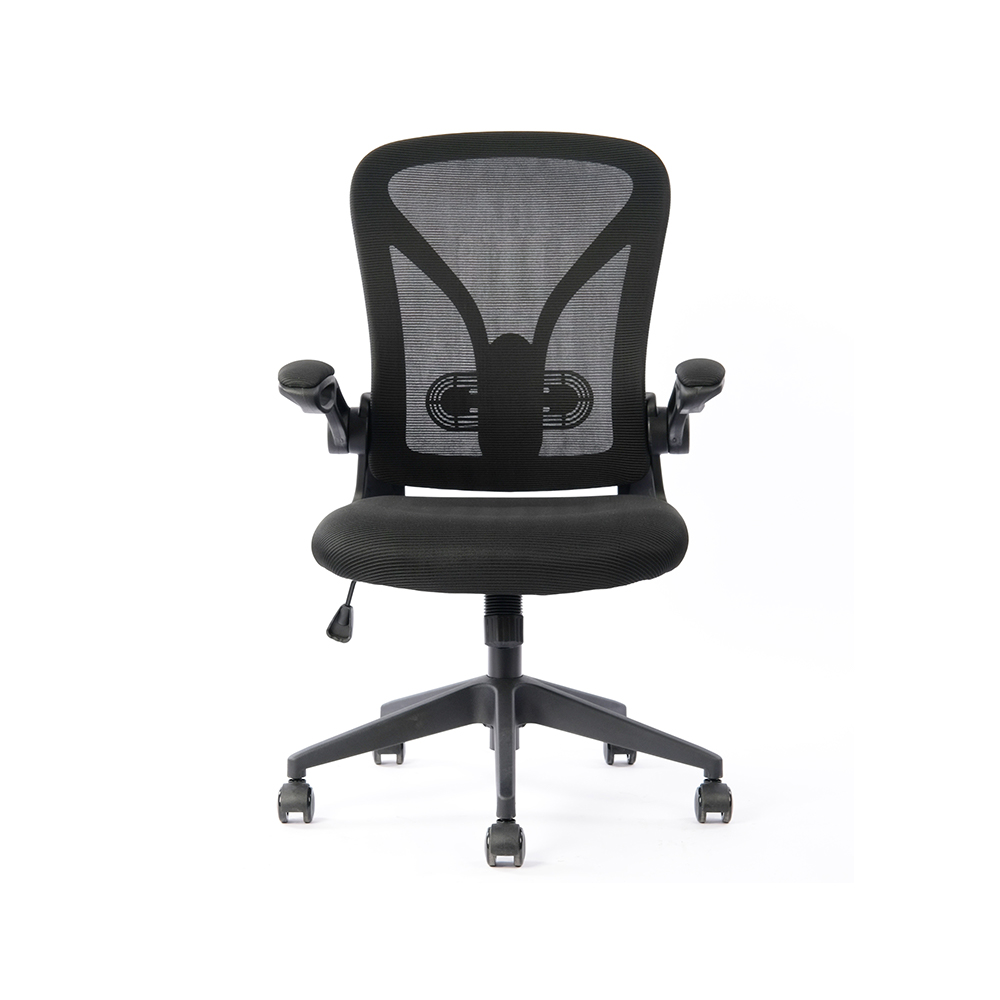
5. Armrest Adjustability
Armrests are designed to support the weight of your arms and shoulders, reducing strain on your neck and upper trapezius muscles.
Why it matters: Incorrectly positioned armrests can cause you to hunch your shoulders or lean to one side. The ideal position allows your elbows to rest comfortably with your shoulders relaxed and your forearms parallel to the floor. When typing, your elbows should be at roughly the same height as your desk, forming an angle between 90 and 110 degrees.
What to look for: The most versatile armrests offer what is known as “4D adjustability”:
Height: The most basic and essential adjustment.
Width/Pivot: The ability to move the armrests closer together or farther apart to match the width of your shoulders.
Depth (Front/Back): The ability to slide the armrests forward or backward to support your forearms properly as you change postures.
Pivot: Some armrests can swivel inward or outward for even more precise positioning.
6. Tilt and Tilt Tension Control
This feature governs the chair’s rocking or reclining motion. It is key to promoting dynamic sitting—the practice of making small, frequent postural changes throughout the day.
Why it matters: Locking yourself in a single, static position, even a “perfect” one, is not ideal for long-term health. A tilt mechanism with adjustable tension allows you to recline slightly for reading or thinking, and then return to an upright position for typing, all while keeping your feet firmly on the floor. The tension control ensures that the reclining force matches your body weight, so you don’t feel like you’re fighting the chair or falling backward.
What to look for: A large, easy-to-reach tension knob under the seat. A multi-tilt lock mechanism that allows you to lock the recline at several angles is a premium but highly useful feature.
7. Swivel and Casters
While seemingly obvious, these features are fundamental to an ergonomic setup.
Why it matters: A five-point base with smooth-rolling casters allows you to easily reach different areas of your desk without straining or twisting your spine. The swivel function enables you to turn and face different parts of your workspace without getting up, promoting efficiency and reducing awkward movements.
What to look for: A five-point base for stability. Choose casters appropriate for your flooring—hard casters for carpet and soft, rubberized casters for hard surfaces to prevent scuffing and allow for easier movement.
The Final Checklist for Your Chair Hunt
When evaluating an ergonomic office chair, use this checklist of non-negotiable adjustments. A chair that lacks even one of these may not provide the comprehensive support needed for long-term comfort and health.
Seat Height: Pneumatic adjustment for easy changes.
Seat Depth: A slider to accommodate your thigh length.
Backrest: Independent height and angle adjustments.
Lumbar Support: Active height and/or depth control.
Armrests: At minimum, height and width adjustability (3D or 4D is ideal).
Tilt: Adjustable tension and multiple lock positions.
Investing in a chair with these core features empowers you to create a personalized support system. Remember, the most ergonomic chair in the world is only effective if you take the time to adjust it properly for your body. Your back, neck, and shoulders will thank you for years to come.

 English
English عربى
عربى Español
Español 中文简体
中文简体
